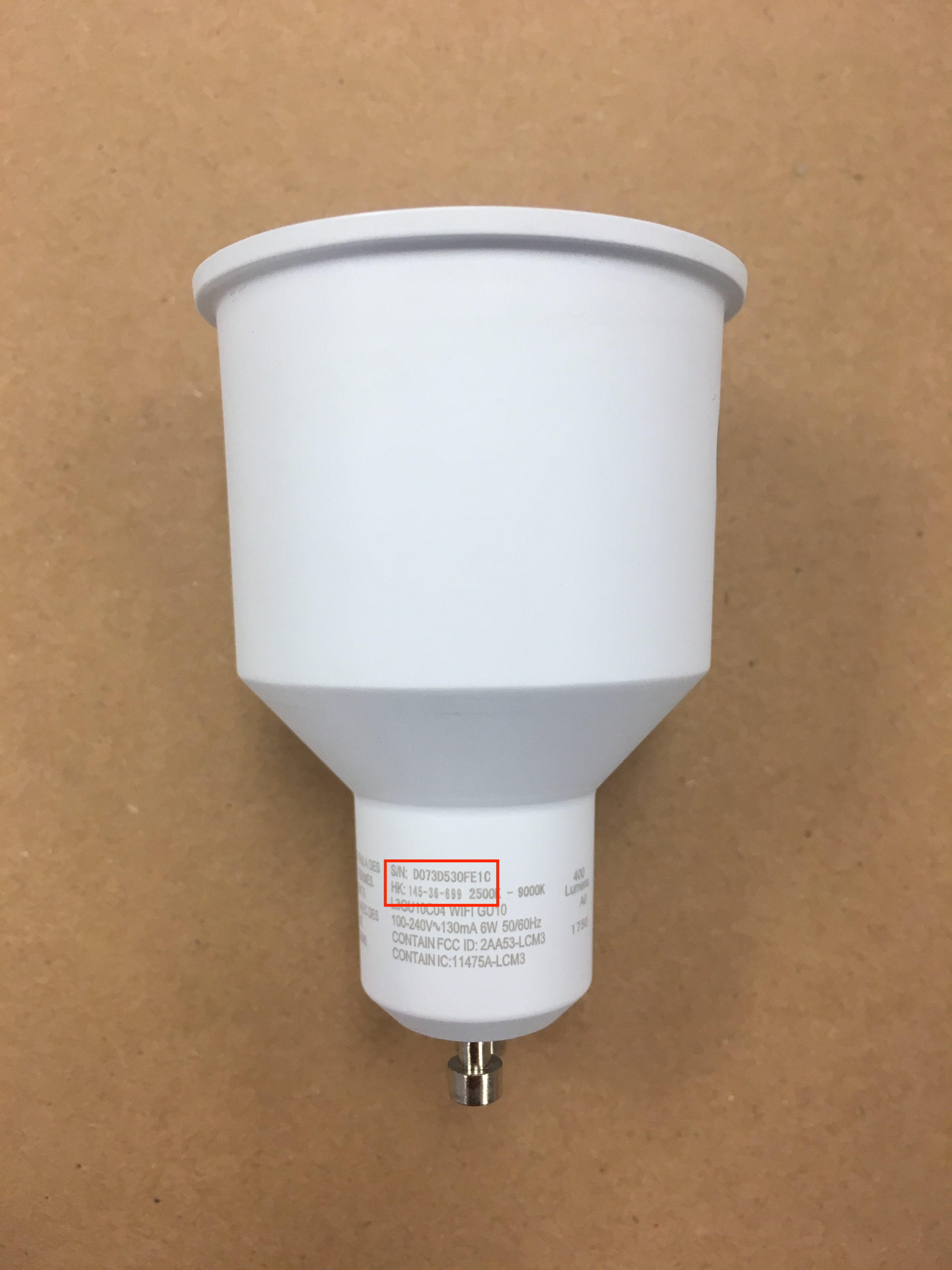
Subheading: Revolutionizing Construction Practices
In the realm of construction, sustainability has emerged as a paramount concern. Embracing innovative materials and techniques is essential for reducing the environmental footprint of building projects while meeting the demands of modern development. Ashcrete, a revolutionary material derived from coal combustion byproducts, is gaining traction as a sustainable alternative to traditional concrete in construction projects around the world. This article explores the benefits and applications of Ashcrete in advancing sustainable development in the construction industry.
Subheading: The Ashcrete Advantage
Ashcrete is a concrete-like material that utilizes coal combustion byproducts such as fly ash, a waste product generated by coal-fired power plants. By incorporating fly ash into the mix, Ashcrete offers several advantages over traditional concrete. Not only does it reduce the demand for virgin materials, but it also diverts waste from landfills, mitigating environmental pollution. Additionally, Ashcrete requires less energy to produce, further reducing its carbon footprint compared to conventional concrete. These environmental benefits make Ashcrete an attractive option for environmentally conscious builders and developers.
Subheading: Strength and Durability
Despite its eco-friendly composition, Ashcrete does not compromise on strength and durability. In fact, Ashcrete exhibits superior performance characteristics compared to traditional concrete. Through careful formulation and testing, engineers have developed Ashcrete mixes that meet or exceed the strength and durability standards of conventional concrete. This means that Ashcrete can be used in a wide range of construction applications, including structural elements such as foundations, columns, and beams, as well as non-structural components like sidewalks, pavements, and decorative elements.
Subheading: Versatility in Applications
One of the key advantages of Ashcrete is its versatility in applications. Due to its comparable strength and durability to traditional concrete, Ashcrete can be used in virtually any construction project where concrete would typically be employed. From residential buildings and commercial structures to infrastructure projects such as bridges and roads, Ashcrete offers a sustainable alternative that does not compromise on performance. Additionally, Ashcrete can be customized to meet specific project requirements, allowing architects and engineers to achieve their design objectives while minimizing environmental impact.
Subheading: Environmental Benefits
The environmental benefits of Ashcrete extend beyond its composition and performance characteristics. By utilizing coal combustion byproducts such as fly ash, Ashcrete helps reduce the environmental impact of coal-fired power generation. Instead of being disposed of in landfills, fly ash is repurposed as a valuable construction material, closing the loop on waste and promoting circular economy principles. Furthermore, the production of Ashcrete requires less energy and generates fewer greenhouse gas emissions compared to traditional concrete, making it a more sustainable choice for construction projects.
Subheading: Regulatory Compliance
In addition to its environmental benefits, Ashcrete also offers regulatory compliance advantages for builders and developers. Many jurisdictions have implemented regulations and standards aimed at reducing the environmental impact of construction activities, including requirements for the use of sustainable materials and practices. Ashcrete, with its eco-friendly composition and performance characteristics, aligns with these regulatory requirements, making it easier for construction projects to obtain permits and approvals. By choosing Ashcrete, builders and developers can demonstrate their commitment to sustainability and responsible environmental stewardship.
Subheading: Economic Considerations
While the environmental benefits of Ashcrete are clear, it is also important to consider the economic implications of adopting this innovative material. In many cases, Ashcrete can offer cost savings compared to traditional concrete, particularly in regions where fly ash is readily available and inexpensive. Additionally, Ashcrete’s durability and longevity can result in reduced maintenance and lifecycle costs over the lifespan of a building or infrastructure project. By factoring in both the environmental and economic benefits of Ashcrete, builders and developers can make informed decisions that support sustainable development goals while maximizing project value.
Subheading: Future Outlook
As the construction industry continues to prioritize sustainability, the demand for eco-friendly materials such as Ashcrete is expected to grow. Advances in research and technology will likely further enhance the performance and versatility of Ashcrete, opening up new possibilities for sustainable construction practices. With its proven benefits in terms of environmental impact, performance, regulatory compliance, and economic considerations, Ashcrete is poised to play a significant role in shaping the future of construction and sustainable development. By embracing Ashcrete, builders and developers can contribute to a more sustainable built environment while meeting the evolving needs of society. Read more about ashcrete technologies








